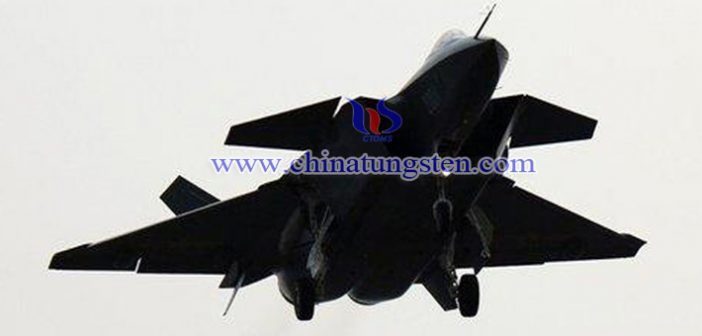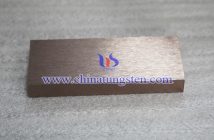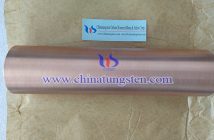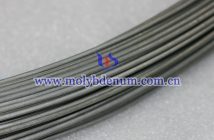A few days ago, the US Department of Defense announced the report "Assessing and Strengthening the Flexibility of the US Manufacturing and Defense Industry Foundation and Supply Chain." The report said that the US defense industry is heavily dependent on foreign countries and contains nearly 300 kinds of foreign military products. Among them, the demand for rare earth and other materials and spare parts in China is particularly large, such as military solar cells and aircraft LCD screens. Therefore, there are sayings that "Beijing is a major risk" and take the words that China needs to influence the US national defense security. However, it is clear that this is just a ridiculous rhetoric and a "reason" for the United States to strengthen the "China threat theory." The "drunken man's intention is not in the wine" in the United States is clear!
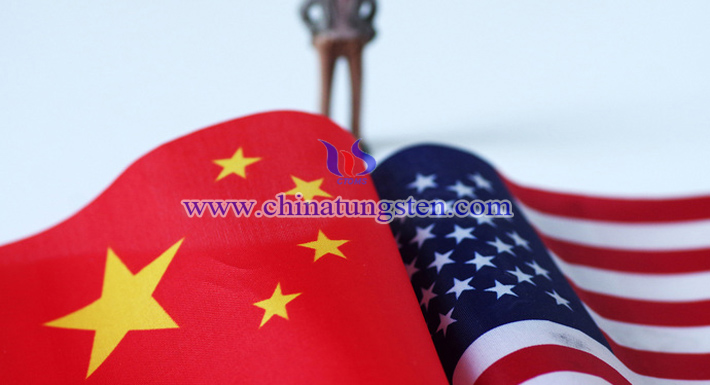
US assessment of China's rare earth risks picture
It must be said that this latest report and the previous evaluation reports show that the US defense industry is less dependent on foreign countries and risk-controlled, and most of them belong to lower-level raw materials, components and spare parts. It's hard to be "card necked" - the opposite.
In this regard, Chinese experts said that the degree of foreign dependence of the US defense industry, especially the degree of dependence on China, is exaggerated.
Experts have shown that under the tide of economic globalization, at present, no country can “be independent” and completely independent of other countries, and the industrial system is naturally included, not to mention the defense industry. Moreover, if you continue to pay attention to the US defense dynamics, you must have discovered it. In fact, the US defense industry's external dependence has been concerned in the mid-1980s and even earlier.
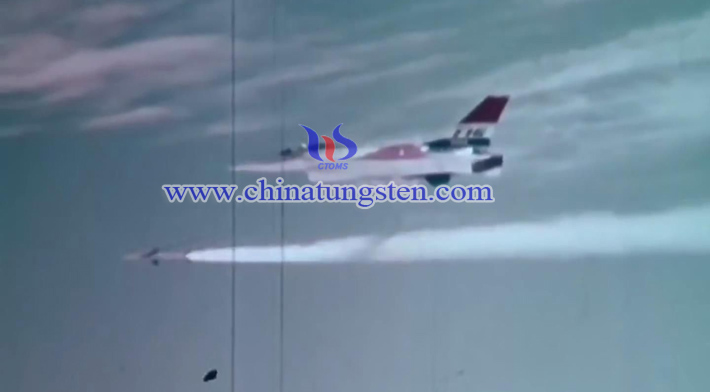
sparrow III air to air missile picture
The following is a survey of the components and components of the "Sparrow III" air-to-air missile in the mid-1980s by the US Congress' Joint Defense Supervision and External Dependency Committee. Let us take a look at the components and parts of the "Sparrow III" air-to-air missile guidance system.
- Integrated circuits and transistors imported from Japan
- Ferrite phase shifter from West Germany
- Thailand assembled memory chip
......
Some netizens "have a slap in the face", and the entire missile has sixteen components that are produced in foreign countries! ! !
In addition, there is data showing that the titanium alloy production materials of the US SR-71 strategic reconnaissance aircraft that scouted the Soviet Union during the Cold War period even depended on titanium ore produced in the Soviet Union.
The US defense industry relies heavily on foreign suppliers, which are also reflected in many other aspects, such as memory chips, silicon originals used in high-power electronic switches, precision glass, liquid crystal and light-emitting displays used in reconnaissance satellites and other military equipment.
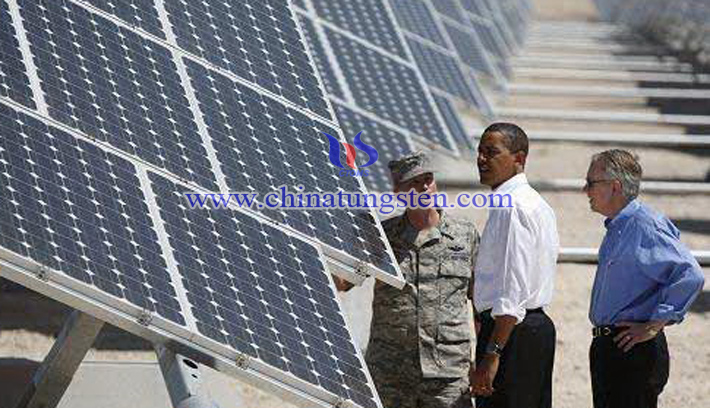
military solar cell picture
Some experts have done relevant analysis on the solar cells and liquid crystal displays involved. According to the expert, in terms of solar cells, about 100 countries around the world are currently conducting large-scale research and development of solar cells and actively producing various related energy-saving new products. China, on the other hand, is only slightly dominant in battery production, but the United States is wary. How do you say this? The author has reason to believe that it is because the price imported from China is lower...
The expert also said that from the perspective of LCD screens, China, Japan and Korea accounted for the vast majority of East Asian industrial belt production. This is not the case of three countries. The United States considers this aspect, it seems a bit strange, how can this be counted in China's account? Well, I want to come because China is cheaper!
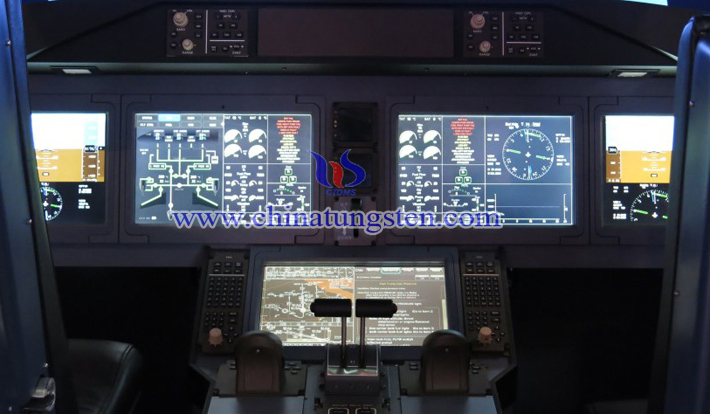
aircraft LCD picture
This shows that if it is said: "The US military cannot do without overseas suppliers," this can be understood. The key is that the so-called 'China's rare earth risk', 'Beijing is a major risk' or even the 'China threat theory', this one pot is too big! Seeing this, many Chinese netizens have said: "We don't have this pot, and we don't make sense!"
In fact, the United States relies more on Western allies, mainly because of the greater dependence on advanced materials and technology, and its irreplaceability is also stronger. In this report, there is an example of carbon fiber that is used in both passenger and military aircraft.
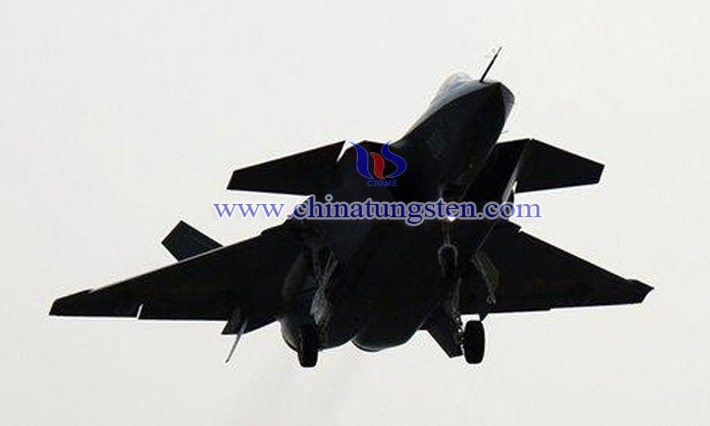
carbon fiber for fighter aircraft picture
Many American passenger aircraft and military aircraft rely on carbon fiber produced by the world's largest carbon fiber manufacturer. As a single foreign source, this reflects the fragility of the US defense industry supply chain. In the event of a sudden and catastrophic outage, the Pentagon missiles, satellites, space launches and other defense manufacturing plans will be disrupted. Replacing a carbon fiber plant is expensive and time consuming.
There are more examples in the report. For example, the low-light night vision system widely used by the US military mainly relies on the reinforced glass core provided by the German supplier; the US Navy's electromagnetic gun sample gun was developed by British BAE Systems. The new generation of trainer aircraft in the United States is responsible for the development of the Swedish Saab company.
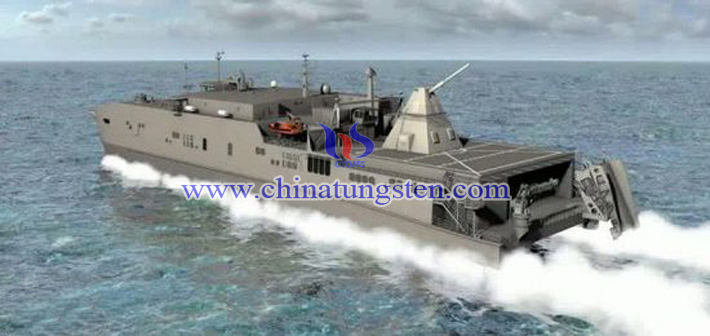
US navy electromagnetic gun sample gun picture
Chinese experts say that, on the whole, the United States has more technological reliance on Western allies than the basic materials provided by China. In addition, the US defense industry has achieved the unification of high performance and relatively low cost through such "exploitation of others". In fact, the real threat of the US defense industry system comes from the decline of manufacturing.
Objectively, it is worthwhile for the United States to continuously assess the risks in the military industry. While the United States relies on foreign countries, there are also more countries that rely on American technology. To a certain extent, this "you have me, I have you" guarantees that the US defense industry is hard to be "card necked". Therefore, for the US military's report on assessing China's rare earth risks, our experts will have a well-founded statement that "external dependence is exaggerated."

